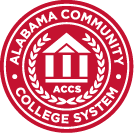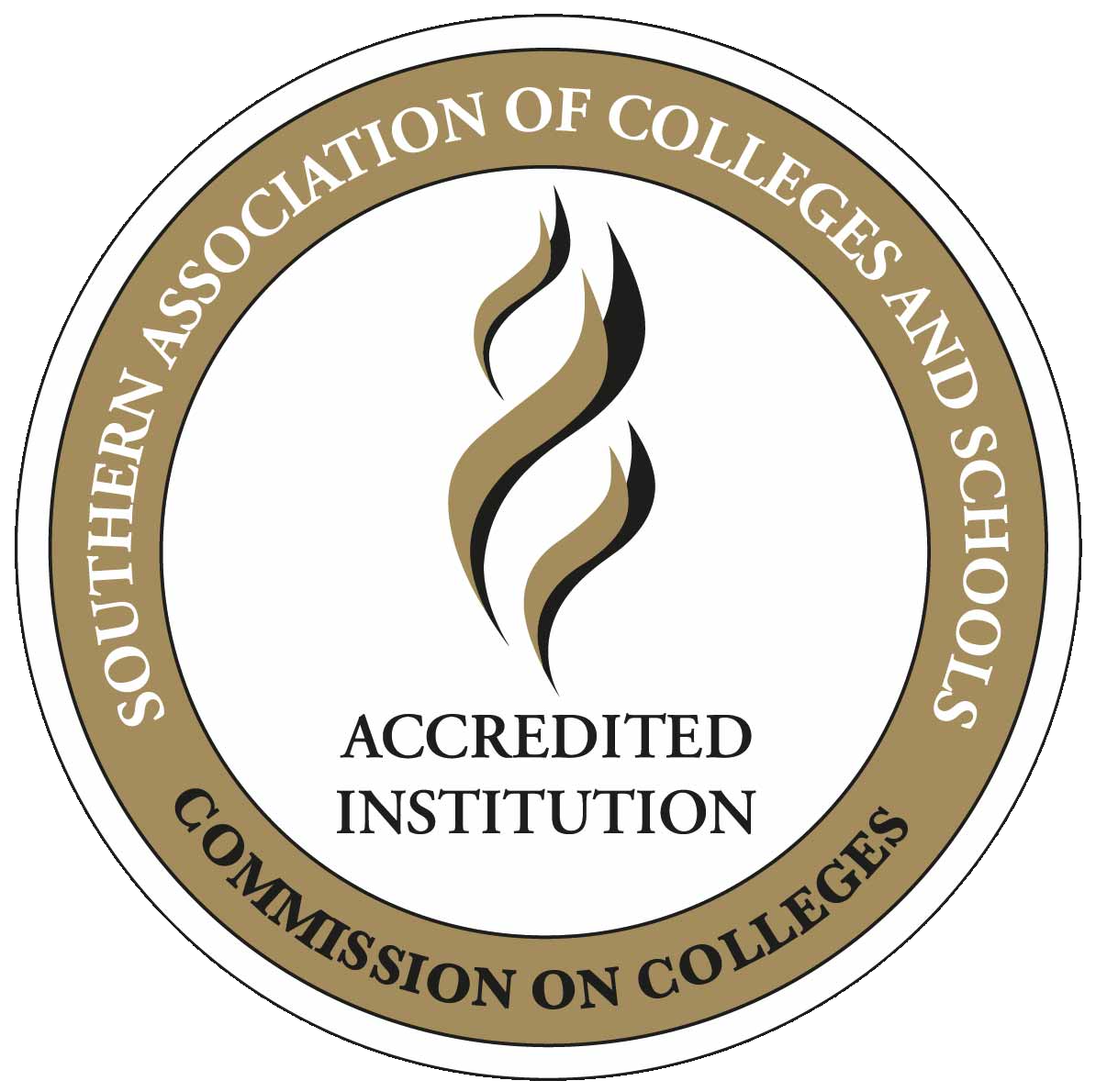Credit Hour Definitions
Jefferson State Community College adheres to the policies and procedures of the Alabama Community College System (ACCS) and the ACCS Board of Trustees for determining credit hours awarded for courses and programs as outlined in 705.01. Jefferson State Community College operates on a semester system. A semester system is defined as having a fall semester, spring semester and summer term. Both the fall and spring semesters have 15 weeks of instruction plus an exam period, the summer term consists of 10 weeks of instruction plus an exam period.
Jefferson State adopts the Federal definition of a credit hour as being an amount of work represented in intended learning outcomes and verified as evidence of student achievement that is an institutionally established equivalency that reasonably approximates:
- Not less than one hour of classroom or direct faculty instruction and a minimum of two hours out of class student work each week for approximately fifteen weeks for one semester or trimester hour of credit, or ten to twelve weeks for one quarter hour of credit, or the equivalent amount of work over a different amount of time, or
- At least an equivalent amount of work as required in item 1 above for other academic activities as established by the institution including laboratory work, internships, practica, studio work, and other academic work leading to the award of credit hours.
An hour of classroom instruction is defined as not less than 50 minutes of instructor/student contact. In courses less than 15 weeks, the weekly classroom instruction hours are increased to equal that of a traditional 15-week course. Jefferson State uses the semester credit hour as the unit of credit for all coursework. Each semester credit hour is approximate to an hour of classroom instruction per week during a 15-week semester. Distance education or hybrid formats have academic activities or other academic work that approximate the same instructor/student contact to traditionally taught on-campus sections.
The Alabama Community College System Board Policy 705.01 outlines the following six categories of instruction: (1) Theory, (2) Experimental Laboratory, (3) Practical Application Laboratory, (4) Clinical Practice, (5) Preceptorship, and (6) Internship. The definitions for each category/type of instruction are:
Theory
Theory is instruction focused on principles, concepts, or ideas. Generally requires extensive out-of-class preparation prior to class each week as well as follow-up assignments. “Theory” instruction is the term which will be used to include lecture, recitation, discussion, demonstration, seminar, and other standard classroom instruction. “Theory” instruction is under the direct supervision of an instructor. Ratio: 1:1 (one hour of credit for one hour of theory instruction as defined)
Experimental Laboratory
Experimental Laboratory is instruction focused on experimentation in a classroom, laboratory, or studio through teacher-assisted, hands-on learning experiences. An experimental laboratory is generally required in conjunction with the theory of an academic course. “Work is normally completed in the learning environment, but may include out-of-class assignments such as practice and/or laboratory report writing. “Experimental laboratory” instruction is generally under the direct supervision of an instructor. Ratio: 2:1 (one hour of credit for two hours of “experimental” instruction as defined) or 3:1 (one hour of credit for three hours of “experimental” instruction as defined)
Practical Application Laboratory
Practical Application Laboratory is experience-based instruction focused on “real world” activities, albeit in a simulated environment, for the purpose of developing occupational competencies related to the use of equipment, tools, machines, and other program-specific work products. A practical application laboratory is generally required in career and technical programs; requires limited out-of-class assignments per week; and emphasizes the use of equipment, tools, and machines found within the lab environment. “Practical application laboratory” involves the development of manual skills and job proficiency and is under the direct supervision of an instructor. Ratio: 2:1 or 3:1, depending on program (one hour of credit for two or three hours of “practical application” instruction as defined)
Clinical Practice
Clinical Practice is experience-based instruction focused on “real world” activities and offered in a “real-world” environment, generally in healthcare or service occupation programs, for the purpose of developing skills related to the discipline. A clinical practice laboratory is generally required in healthcare related fields. Work is normally completed in the learning environment, but may include out-of-class assignments. “Clinical Practice” is under the direct supervision of an instructor. Out-of-class assignments each week are used to prepare the student for the clinical experience. Ratio: 3:1 (one hour of credit for three hours of “clinical practice” instruction as defined)
Preceptorship
Preceptorship is advanced experience-based instruction, under the supervision of a licensed healthcare professional, for the purpose of enhancing occupational competencies. The course instructor works with the healthcare professional to determine the clinical assignments for students. The instructor must be readily available for consultation with the healthcare professionals. Ratio: 5:1 or 3:1 (one hour of credit for five hours or three hours of preceptorship instruction as defined) NOTE: programs of study for which accreditation and/or licensing bodies require a different ratio must comply with discipline-specific time-to-credit criteria.
Internship
“Internship” is the term which will be used to include cooperative education, apprenticeships, practicums, and sponsored work instruction. Internship involves the development of job skills by providing the student with a structured employment situation that is directly related to and coordinated with the educational program. Student activity in internship is planned and coordinated jointly by an institutional representative and the employer, with the employer having the responsibility for control and supervision of the student on the job. Work is normally completed in the learning environment, but may include out-of-class assignments. Ratio: 5:1 (one hour of credit for five hours of “internship” instruction as defined) NOTE: programs of study for which accreditation and/or licensing bodies require a different ratio must comply with discipline-specific time-to-credit criteria.



